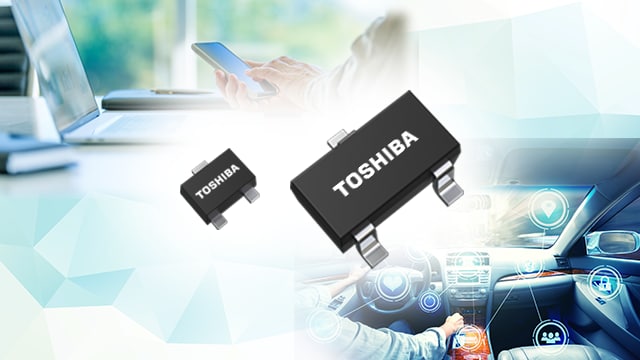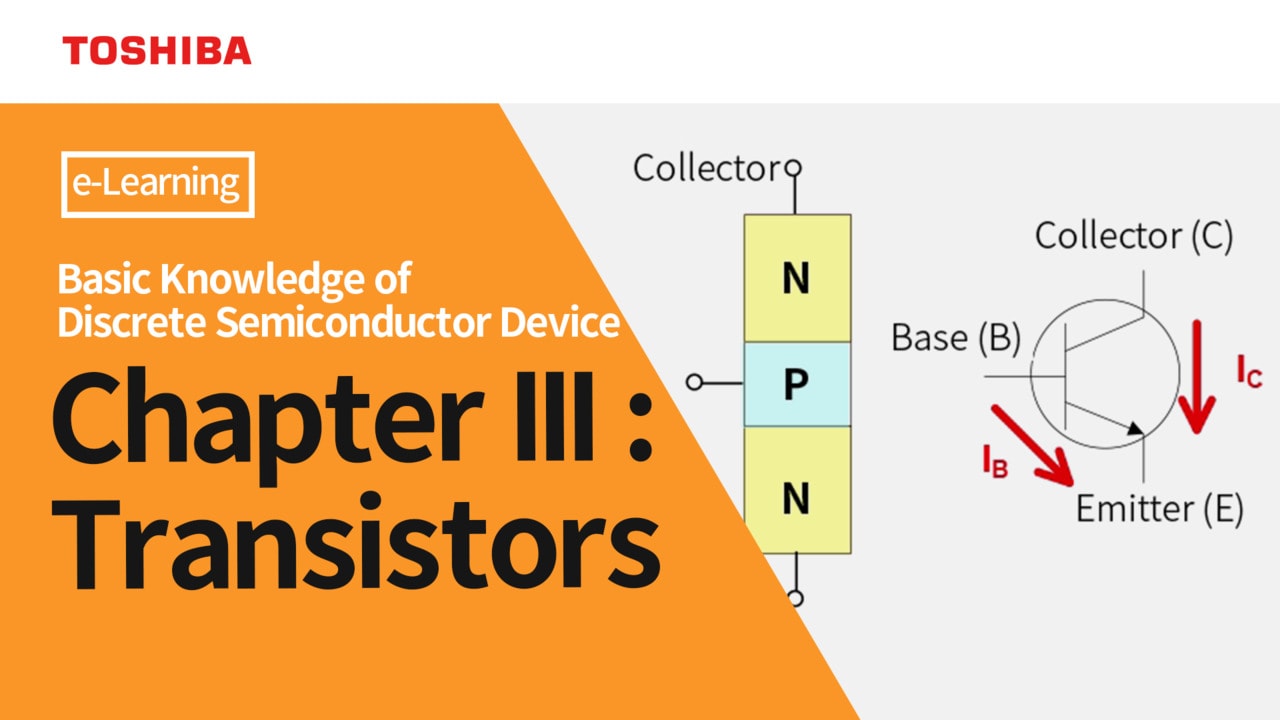-
My ToshibaSemicon
- 반도체 탑
-
애플리케이션Automotive
Body Electronics
xEV
In-Vehicle Infotainment
Advanced Driver-Assistance Systems (ADAS)
Chassis
IndustrialInfrastructure
BEMS/HEMS
Factory Automation
Commercial Equipment
Consumer/PersonalIoT Equipment
Healthcare
Wearable Device
Mobile
Computer Peripherals
-
제품자동차 디바이스
Discrete Semiconductor
다이오드
트랜지스터
로직 IC
Analog Devices
Digital Devices
Wireless Devices
※
: Products list (parametric search)
파워반도체※
: Products list (parametric search)
Isolators/Solid State RelaysPhotocouplers
Digital Isolators
Solid State Relays
Fiber Optic Transmitting Modules
※
: Products list (parametric search)
MOSFETsIGBTs/IEGTs바이폴라 트랜지스터※
: Products list (parametric search)
다이오드※
: Products list (parametric search)
마이크로컨트롤러모터 드라이버 ICIntelligent Power ICs※
: Products list (parametric search)
전원관리IC리니어 IC※
: Products list (parametric search)
범용로직IC리니어 이미지 센서기타 제품용 IC기타 제품용 IC
※
: Products list (parametric search)
-
개발/설계 지원
-
기술 자료
- 구매처
- 부품 번호 & 키워드 검색
- 상호 참조 검색
- 파라미터 검색
- 재고 확인 및 구매
This webpage doesn't work with Internet Explorer. Please use the latest version of Google Chrome, Microsoft Edge, Mozilla Firefox or Safari.
3글자 이상 입력하세요. Search for multiple part numbers fromhere.
The information presented in this cross reference is based on TOSHIBA's selection criteria and should be treated as a suggestion only. Please carefully review the latest versions of all relevant information on the TOSHIBA products, including without limitation data sheets and validate all operating parameters of the TOSHIBA products to ensure that the suggested TOSHIBA products are truly compatible with your design and application.Please note that this cross reference is based on TOSHIBA's estimate of compatibility with other manufacturers' products, based on other manufacturers' published data, at the time the data was collected.TOSHIBA is not responsible for any incorrect or incomplete information. Information is subject to change at any time without notice.
3글자 이상 입력하세요.
Are the collector and emitter terminals of a bipolar transistor interchangeable?
Bipolar junction transistors (BJTs) are designed to provide the optimum performance when they are correctly connected. In reverse connection, it behaves as a poor performance (low hFE) transistor. However, the voltage that can be applied to the collector-base voltage is very low. This voltage cannot exceed the absolute maximum rating (VEBO) (Table. 1). Interchanging the collector and emitter terminals not only degrades the transistor performance but also might cause permanent damage to the device.
Generally, bipolar transistors are designed in such a manner as to achieve high hFE. To accomplish this, numerous majority carriers (electrons in the case of npn transistors) in the emitter must diffuse into the base region and then be efficiently swept across the base region into the collector. It is also necessary to control the depletion layer in the collector region in order to increase a transistor’s withstand voltage (i.e., collector-base voltage, VCBO). These conditions are fulfilled by:
- making the dopant concentration in the emitter region higher than that in the base region.
- reducing the thickness of the base region.
- reducing the dopant concentration in the collector region.
Therefore, the dopant concentrations in the three semiconductor regions have the following relationship: emitter >> base > collector.
A normal transistor maintains a high breakdown voltage (VCBO / VCEO) due to a low-concentration collector. If connected in reverse, the high-concentration emitter will act as the collector, and the voltage that can be applied (VEBO) will be extremely low.
If the connections of the collector and emitter terminals are reversed, the above relationship is not satisfied. In this case, hFE decreases, making it impossible for a bipolar transistor to function as intended and possibly causing the base current to exceed its specified rating. Moreover, because of the decreased VCEO, the transistor might break down when it turns off. As a result of the foregoing, a reverse-connected transistor might be permanently damaged.
Typical bipolar transistors must be connected in the normal direction, except for muting transistors* that are designed for reverse connection.
* At present, Toshiba does not provide muting transistors.

Related Links
The following documents also contain related information:



